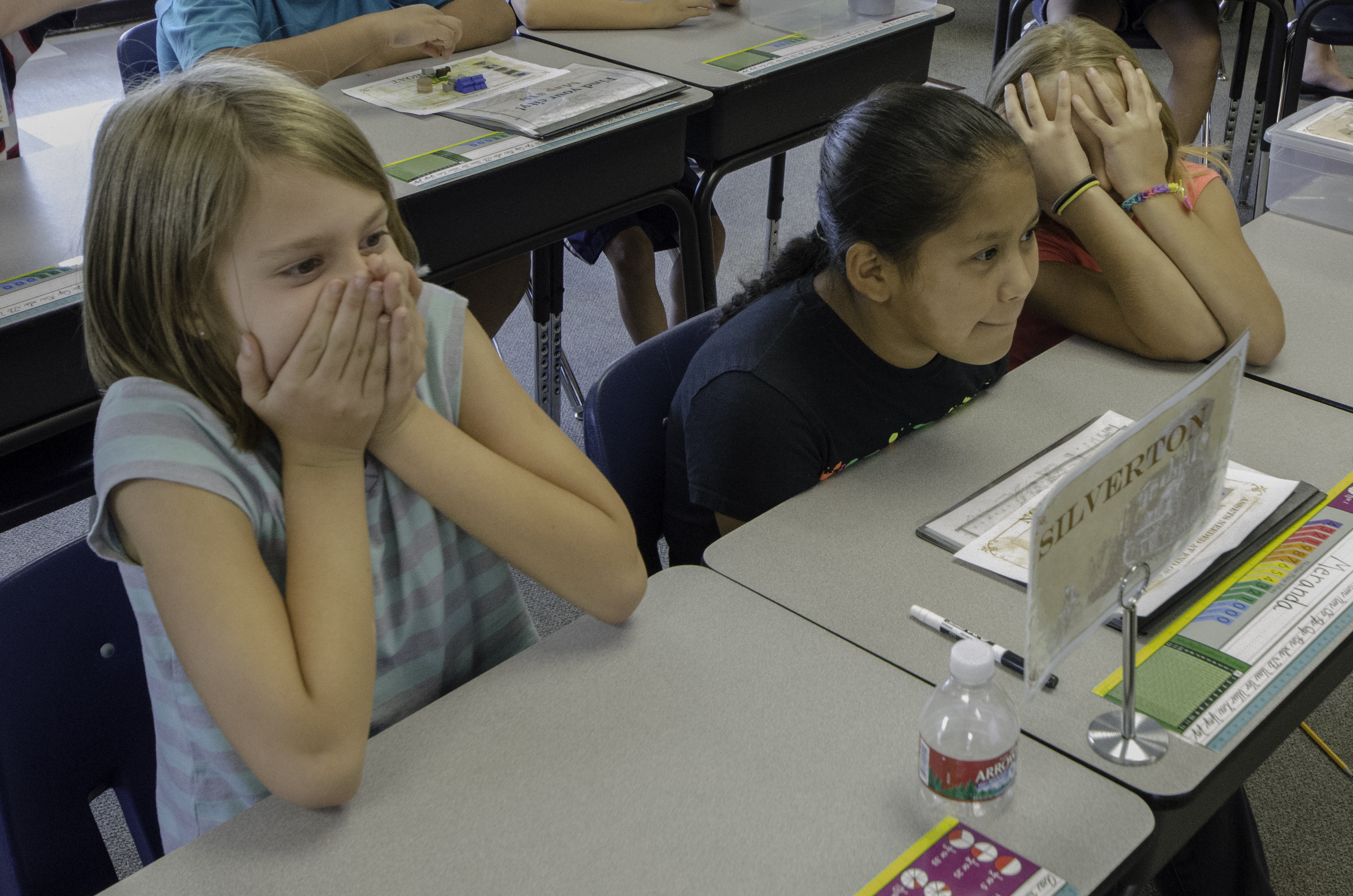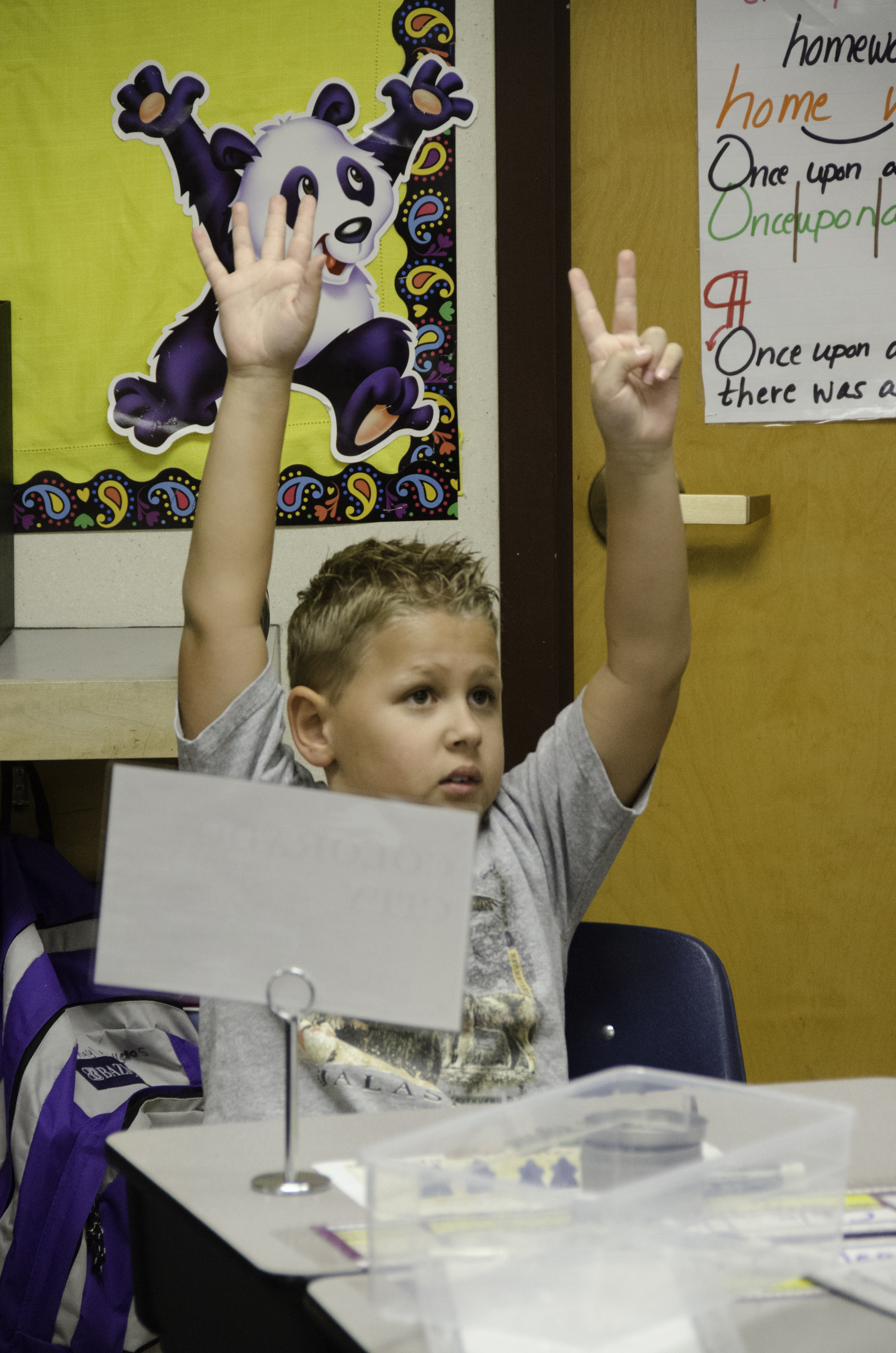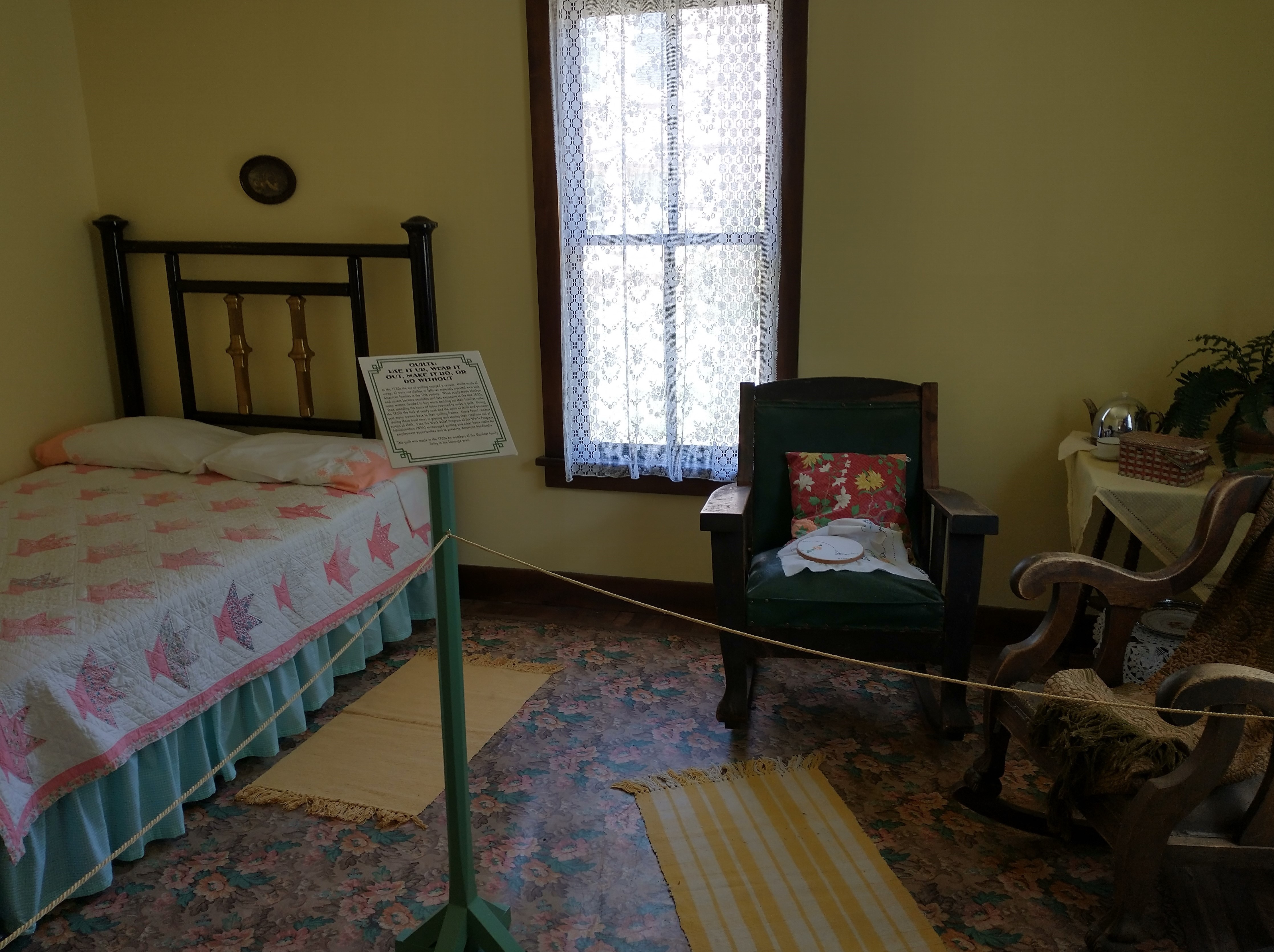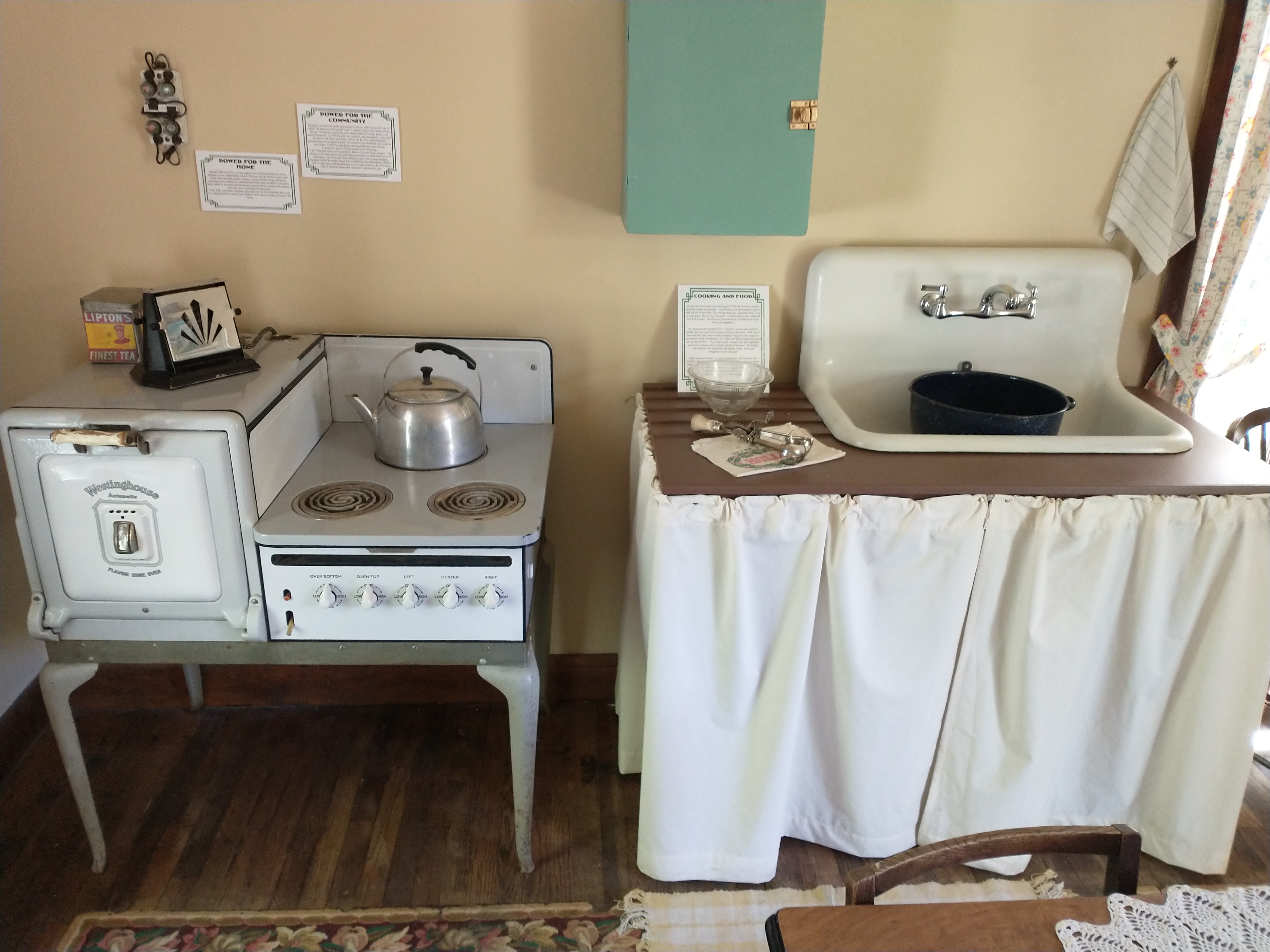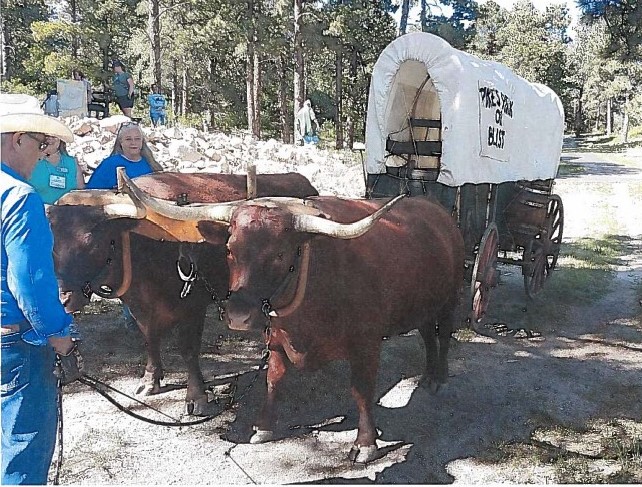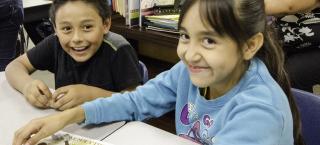
Story
Lifting Up History in a Historic Year
The 2020 Miles and Bancroft Awards
As an eventful, historic, and, to put it mildly, challenging year draws to a close, it’s amazing to see the contributions to preserving and sharing Colorado’s history that have happened over the past months.
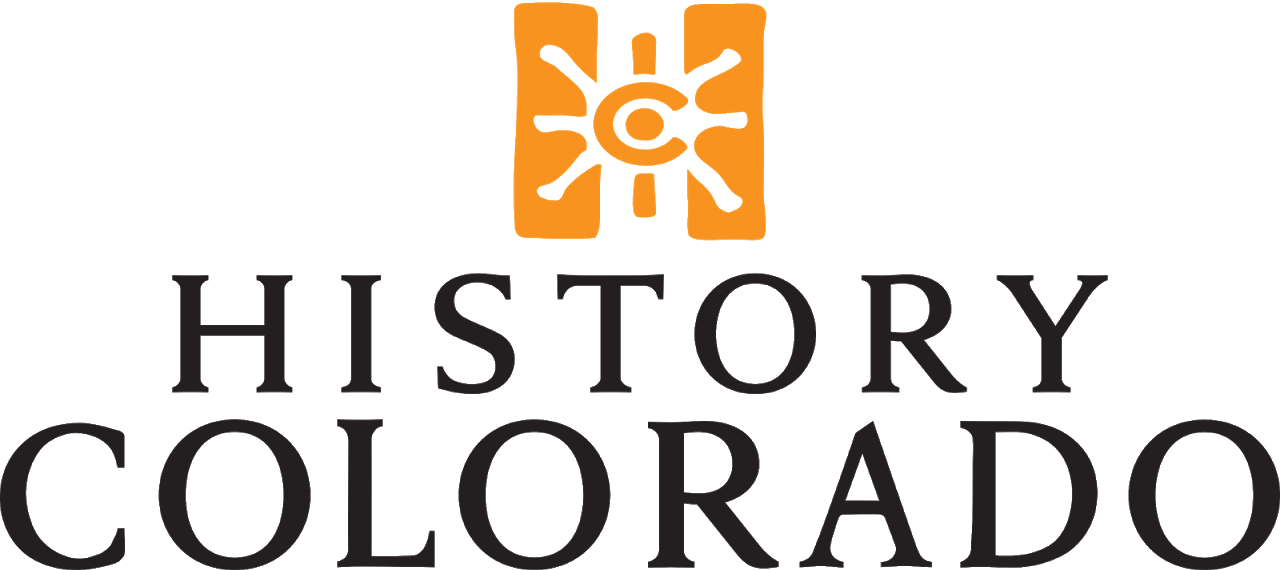
Every year, History Colorado gives the Caroline R. Bancroft and Josephine Miles Awards for exhibits, research, collections projects, educational initiatives, and more.
The 2021 Miles-Bancroft Awards are now open for nominations. If you’d like to nominate an individual, museum, library, organization, or yourself, just go to https://www.historycolorado.org/2020-miles-bancroft.
Entries must be emailed or postmarked by June 1, 2021.
Questions? Email curator@state.co.us with “Miles and Bancroft” in the subject line.
Colorado has always been home to initiatives that elevate our state’s history—thanks to the individuals, institutions, and organizations that reside here—and 2020 is no exception. Big and small, enterprises from every corner of Colorado keep innovating the ways we learn and appreciate the history of the Centennial State.
With that in mind, here are three standouts—all of them winners of the 2020 Miles and Bancroft Awards.
Golden History Museum & Park – “Building Communities” Classroom Activity
If you’ve ever sat down to a rousing tabletop game with friends, or maybe you even make believe you’re a fantasy hero in role-playing games like Dungeons & Dragons, then you can appreciate the power of teaming up with others and putting yourself in a character’s shoes to solve a challenge.
The “Building Communities” game applies a similar dynamic in the form of a third- and fourth-grade classroom kit for the Golden area. But in this game, the characters are real-life historical actors trying to live and thrive in nineteenth-century Colorado, and the goal is to learn how economics, natural resources, and technological changes affected their communities. Students are assigned a community—the Mountain Ute Tribe, Plains Indians (Cheyenne and Arapaho tribes), Hispanos/Mexican Americans, miners, homesteaders, or city dwellers—and then see how their role-played communities and towns can interact, survive, and grow.
The game shows players that many factors determined how diverse groups lived, and how historical events like the Civil War, Gold Rush, and women’s suffrage affected various communities. And the Golden History Museum’s outreach efforts aren’t just educational—they teach Colorado history in a fun, memorable way that sparks imagination in the more than 31,000 students who’ve played the game to date.
Animas Museum/La Plata County Historical Society – Peterson House Exhibit
Any museum professional can tell you how much work it takes to bring an exhibit to life, but sometimes it takes a village to really make it shine.
The Peterson House in Durango is a fantastic example of a community effort to restore a historic property for exhibition use. The building has been in the Durango community since the 1880s, when it housed Denver & Rio Grande Railroad workers. It came under the care of Laurence and Elizabeth Peterson in the 1930s. The Petersons lived there into the 1980s, and the home was moved onto the Animas Museum property in 1997. Last year, the museum embarked on changing the structure into an exhibit that would highlight life in the Great Depression.
The work was hardly straightforward. The building needed roofwork, painting, floor patchwork, hanging doors, and furniture restoration. Luckily, dedicated La Plata organizations and residents, including local Boy Scouts, a roofing business, and a chapter of the Daughters of the American Revolution, were there to pitch in funds and help make it happen. The end result is a completely revamped 1930s home offering a snapshot of Depression-era life.
Three Eagles Ranch – “Yoked to Oxen: The Original Colorado Pioneers”
History can be told in a variety of ways: publications, exhibitions, education, and myriad other methods and media. Observing and appreciating animals, however, isn’t the first way that comes to mind.
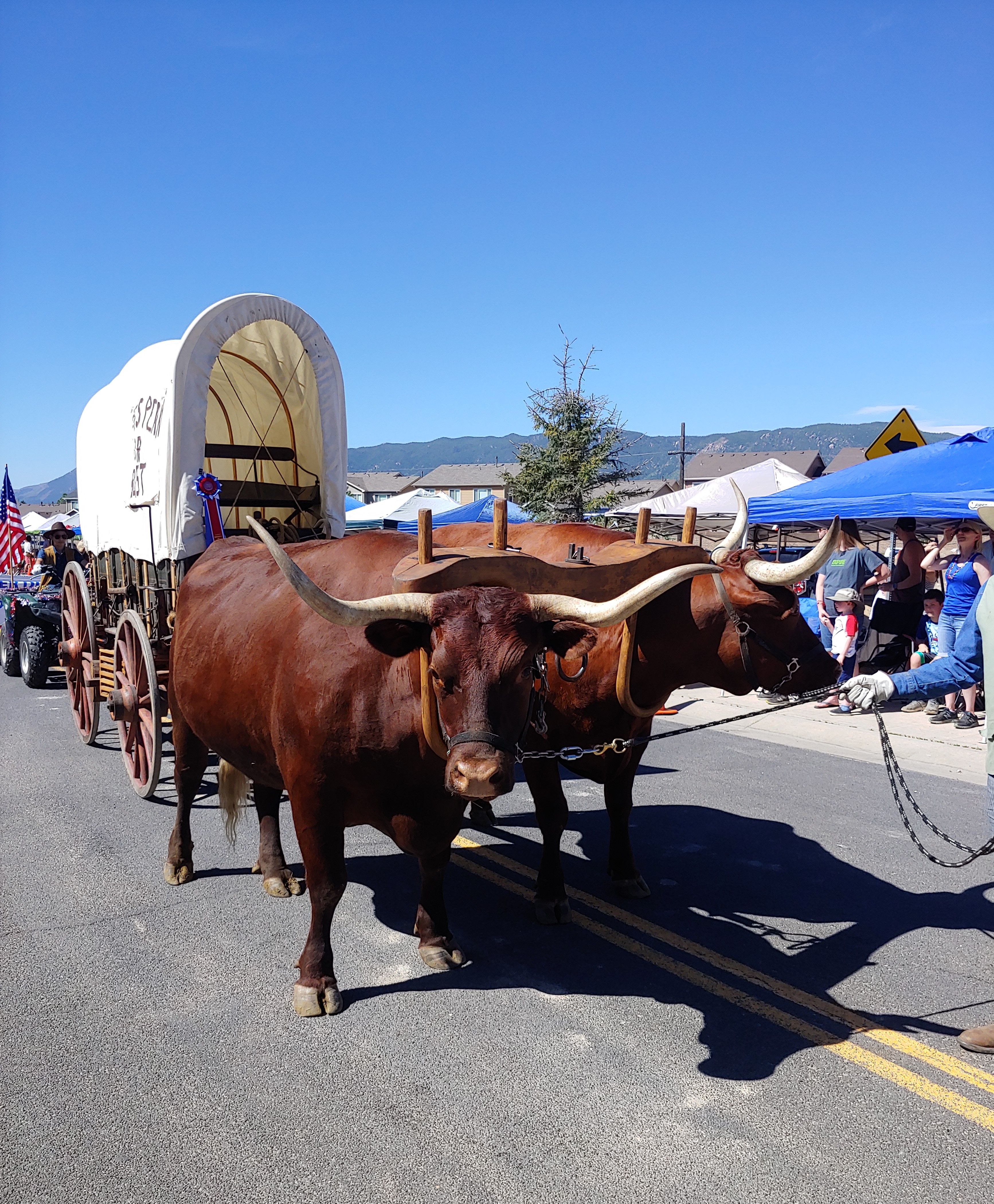
The Three Eagles Ranch’s Devon oxen took part in Pioneer Heritage Days in Lamar, in the filming of a movie scene along the Oregon/California/Mormon Trail near Martin's Cove, Wyoming, and at the Fourth of July parade in Monument.
Three Eagles Ranch in Larkspur lets visitors do just that. Owned and operated by Rollie and Paula Johnson, the ranch is home to some of the last remaining milking Devon oxen anywhere. Early homesteaders used the milking Devon, a common American draft animal of the 1800s, to pull their wagons as they journeyed west. The ranch acquired its first Devons in 2006 and started breeding them to help ensure the endangered species’ survival. Now, visiting school classes, history groups, and museums can all come to the ranch to witness the oxen with covered wagons for themselves.
In addition to breeding, training, and educating about the animals, the ranch has arranged and facilitated the care of milking Devons at other institutions as well, such as Littleton Historic Site and the Plains Conservation Center in Aurora. The Johnsons’ efforts at Three Eagle Ranch have helped shed light on an all-too-often contributor to the state’s growth development.
Each of these projects earned awards for their amazing work in sharing Colorado history. Golden History Museum & Park and Animas Museum/La Plata County Historical Society received the 2020 Bancroft and Miles Awards, respectively. Three Eagles Ranch won an honorary mention for the Miles Award. These recognitions highlight the incredible effort that goes into advancing history every day in Colorado. And the best part is that History Colorado offers monetary awards for initiatives like these every year. See the information listed in the sidebar above for more details on the 2021 awards, and how to apply.

